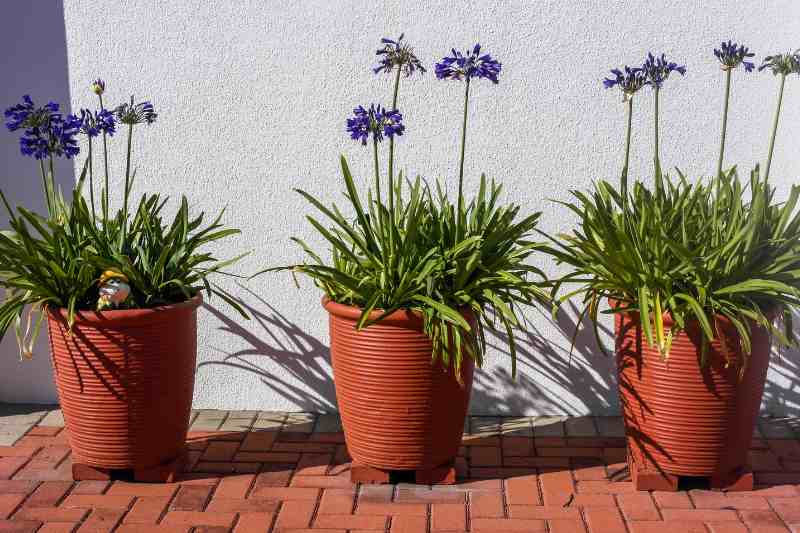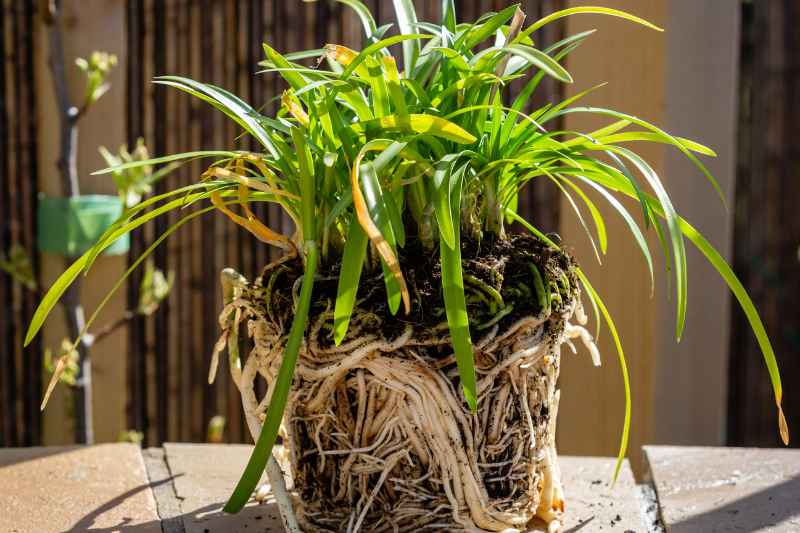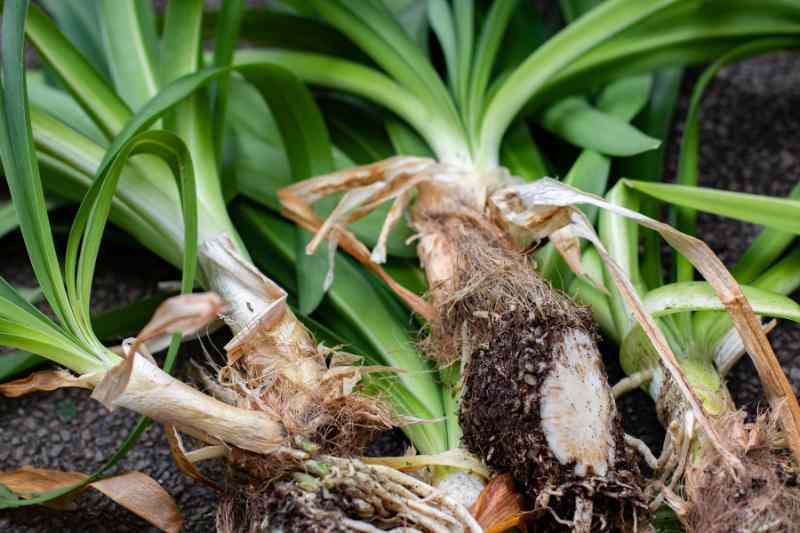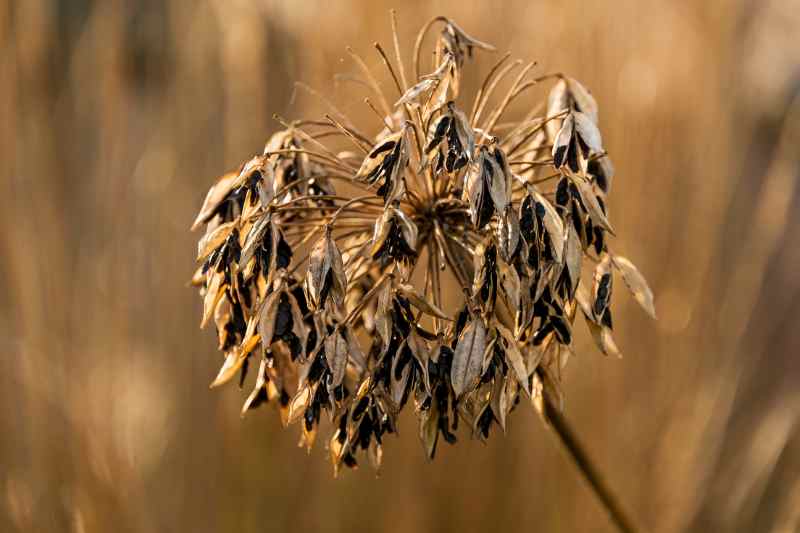The agapanthus captivates with its spectacular umbels in shades of blue or white, and sometimes even pink. To rejuvenate a stump or obtain new plants, two propagation methods are available: clump division of agapanthus, the simplest and quickest method, and sowing, which is longer but interesting for curious gardeners or botanical varieties. Here’s how to proceed with each method.

When and how to divide agapanthus?
The division of agapanthus rhizomes is the most effective propagation method. It is carried out from March to April, outside of frost periods. This time is ideal: the plant is still in a vegetative rest and benefits from spring to heal and root before the first cold weather. It is also possible to divide agapanthus in October, provided the climate is still mild and the soil is well-drained, allowing the divisions to root well before winter arrives. Dividing a clump of agapanthus also helps to rejuvenate older plants. You simply need a well-developed rhizome, large enough to be divided into several viable pieces. Here’s how to divide an agapanthus in the ground.

Necessary materials:
- a spade or a fork
- a pruning shear or a clean and disinfected gardening knife
- a hoe or a rake to loosen the soil
- compost
- a watering can
- Gently dig up the clump using a fork.
- Divide the rhizome into 3 or 4 parts using a clean knife or spade. Each piece should have at least one rhizome, one bud, and one leaf, if the variety is evergreen.
- Replant each division in the ground or in a pot, in light, well-drained soil enriched with mature compost, preferably in full sun.
- Water generously to encourage recovery.
For more information on propagating agapanthus in pots, read our guide on dividing agapanthus in pots.

Multiplying agapanthus by sowing
The sowing of agapanthus seeds is a slower method, reserved for patient gardeners or enthusiasts of botanical varieties. It can take up to 4 years to see the first flowers, and the result may differ from the parent plant due to natural hybridization.
Necessary materials:
- a seed tray, pots, or containers
- some seed and potting compost or a mix of 2/3 ordinary compost with 1/3 planting sand
- agapanthus seeds

Steps for sowing:
- Use seeds harvested the previous year or those from our nursery.
- Sow thinly in a seed tray filled with seed compost in spring.
- Lightly cover with compost, then water sparingly.
- Place the seed tray at around 18°C, in full light.
- Three weeks later, transplant the young seedlings into pots.
- After six months, repot your young agapanthus shoots into a larger container, ensuring they have well-drained substrate and sunny exposure to promote their growth.
- The transplanting of agapanthus seedlings into the ground will take place the following spring, once all risk of frost has passed and the plants are robust enough.
- Plant the rhizomes about 5 cm deep, spacing them 38 to 45 cm apart.































Comments